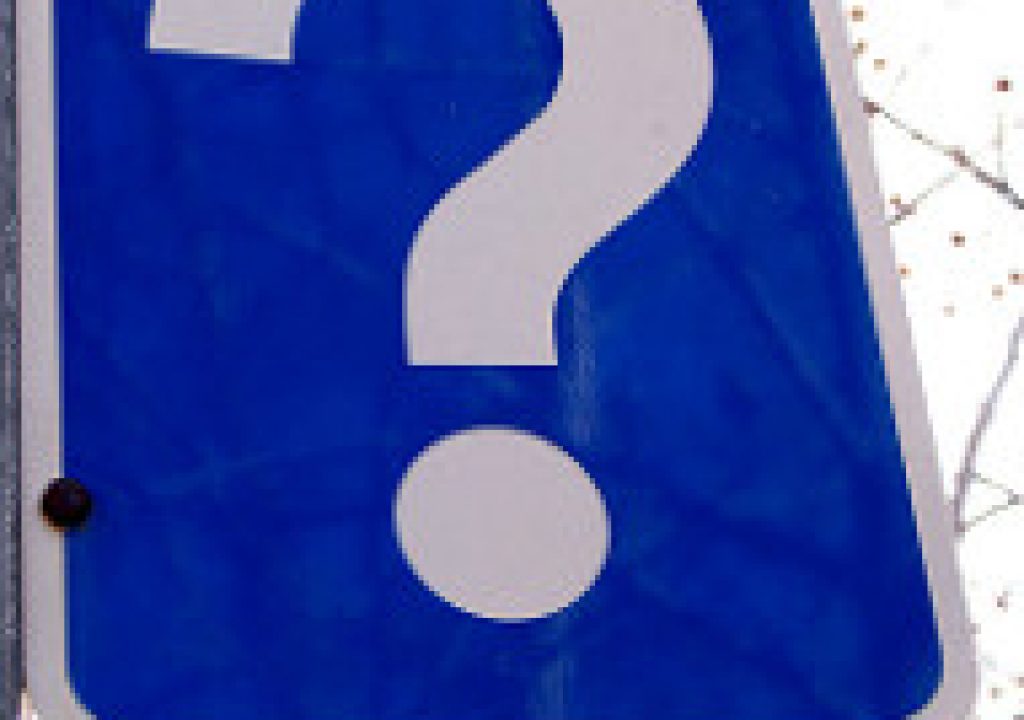What is Web 2.0 and what’s its impact on e-learning? What will Web 3.0 look like? The experts reveal all.
If you’re still trying to get your head around Web 2.0 and e-learning 2.0 and what it means for training managers, we’ve got news for you – Web 3.0 is just around the corner. And just to complicate things further, there are a number of different theories on what shape the web’s third coming will take (see below).
What Web 3.0 will mean for learning is similarly up for discussion, but recently announced products such as GiuntiLabs‘ Virtual Learning Worlds (VLW) authoring tool point to a wealth of possibilities. But to predict the future, you need to understand the past. Many training professionals are only just starting to realise the potential of Web 2.0 and what its collaborative tools can do for their learning programmes.
The phrase Web 2.0 was originally coined by Dale Dougherty of US-based O’Reilly Media. He felt that the dotcom crash of 2001 represented a positive shake-out and turning point for the web.
The phrase spawned a conference by O’Reilly in 2005, and quickly took hold. Cynics dubbed it hollow marketing speak, but others adopted it wholesale. Reams have been written about Web 2.0 but its defining features facilitate collaboration, interaction and sharing between users such as blogging, forums, wikis and social networking sites.
“Web 2.0 is all about connecting and collaborating,” says Justin Kirby, new media author and founder of London- and Sydney-based digital media consultancy DMC. “People understand what the web is about and have adapted how they use it. The reality is that it is easier to use its features, such as self-publishing video and setting up blogs.”
What is Web 2.0 and what’s its impact on e-learning? What will Web 3.0 look like? The experts reveal all.
If you’re still trying to get your head around Web 2.0 and e-learning 2.0 and what it means for training managers, we’ve got news for you – Web 3.0 is just around the corner. And just to complicate things further, there are a number of different theories on what shape the web’s third coming will take (see below).
What Web 3.0 will mean for learning is similarly up for discussion, but recently announced products such as GiuntiLabs‘ Virtual Learning Worlds (VLW) authoring tool point to a wealth of possibilities. But to predict the future, you need to understand the past. Many training professionals are only just starting to realise the potential of Web 2.0 and what its collaborative tools can do for their learning programmes.
The phrase Web 2.0 was originally coined by Dale Dougherty of US-based O’Reilly Media. He felt that the dotcom crash of 2001 represented a positive shake-out and turning point for the web.
The phrase spawned a conference by O’Reilly in 2005, and quickly took hold. Cynics dubbed it hollow marketing speak, but others adopted it wholesale. Reams have been written about Web 2.0 but its defining features facilitate collaboration, interaction and sharing between users such as blogging, forums, wikis and social networking sites.
“Web 2.0 is all about connecting and collaborating,” says Justin Kirby, new media author and founder of London- and Sydney-based digital media consultancy DMC. “People understand what the web is about and have adapted how they use it. The reality is that it is easier to use its features, such as self-publishing video and setting up blogs.”

